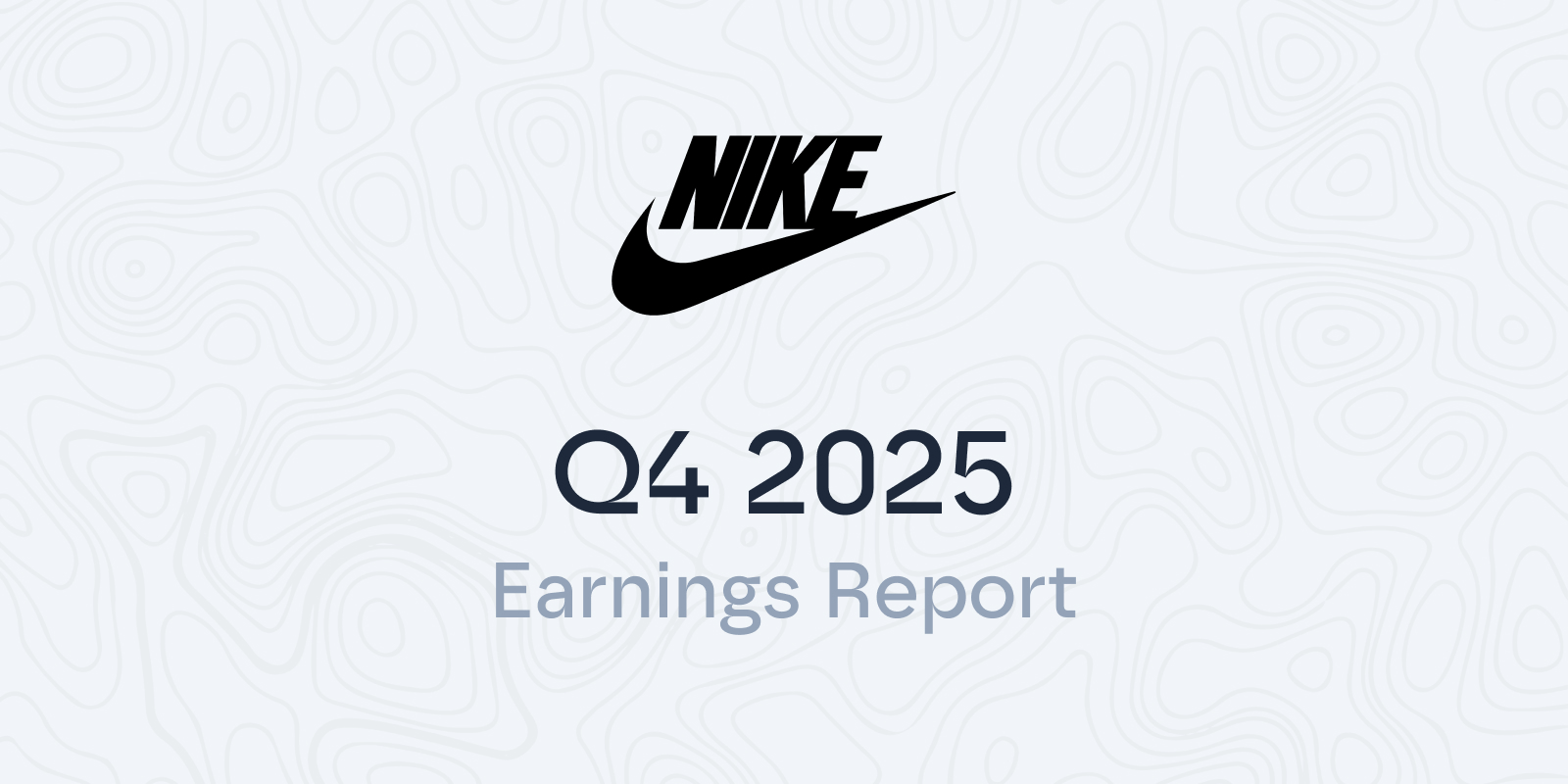.png)

Nike’s (NKE) fiscal Q4 2025 results highlighted a tough transitional period, with the company grappling with steep revenue and earnings declines amid a broader strategic reset. Quarterly revenues fell 12% year-over-year to $11.1 billion, while net income plunged 86% to $211 million, reflecting heavy markdown activity and shifts in channel strategy. The gross margin contracted 440 basis points to 40.3%, and EBIT dropped 82% to $296 million, pushing the EBIT margin down to just 2.7%, compared to 13.3% a year ago.
For the full fiscal year, revenues declined 10% to $46.3 billion, with net income down 44% to $3.2 billion and diluted EPS decreasing 42% to $2.16. Segment-wise, NIKE Brand revenues in Q4 fell 11%, dragged by a 26% decline in digital sales, while store revenues edged up 2%. Wholesale dropped 9%, and Converse tumbled 26%, underscoring widespread weakness.
Performance across product categories was similarly challenged, with Footwear down 13%, Apparel down 10%, and Equipment off 2%. All geographies posted double-digit declines in Q4, with Greater China seeing the steepest drop at 21%. Operating income also eroded across the board, including a 45% EBIT decline in Greater China and a 71% drop for Converse.
Despite the downturn, Nike continues to invest in brand strength and future growth. Demand creation expense rose 15% to $1.3 billion, reflecting higher sports marketing spend, while operating overhead was trimmed by 3%. Inventory levels remained flat at $7.5 billion, signaling progress in supply chain management.
CEO Elliott Hill acknowledged the disappointing results but affirmed the company’s commitment to its "Win Now" plan, including a sharpened focus on performance products, innovation, and premium brand positioning. CFO Matt Friend noted Q4 marked the peak impact of restructuring efforts, with financial pressures expected to ease from Q1 2026 onward.
Nike is actively repositioning its marketplace, reducing promotional intensity, and emphasizing innovation with new product launches like the Pegasus Premium. The company is also recalibrating its classic footwear franchises and targeting growth in performance categories such as running, training, and basketball.
Looking ahead, while margin and inventory pressures are likely to persist into the first half of fiscal 2026, Nike expects a gradual recovery as product innovation gains traction and operational resets take effect. The company returned $5.3 billion to shareholders in FY25, including $3.0 billion in buybacks, demonstrating confidence in its long-term strategy despite near-term turbulence.